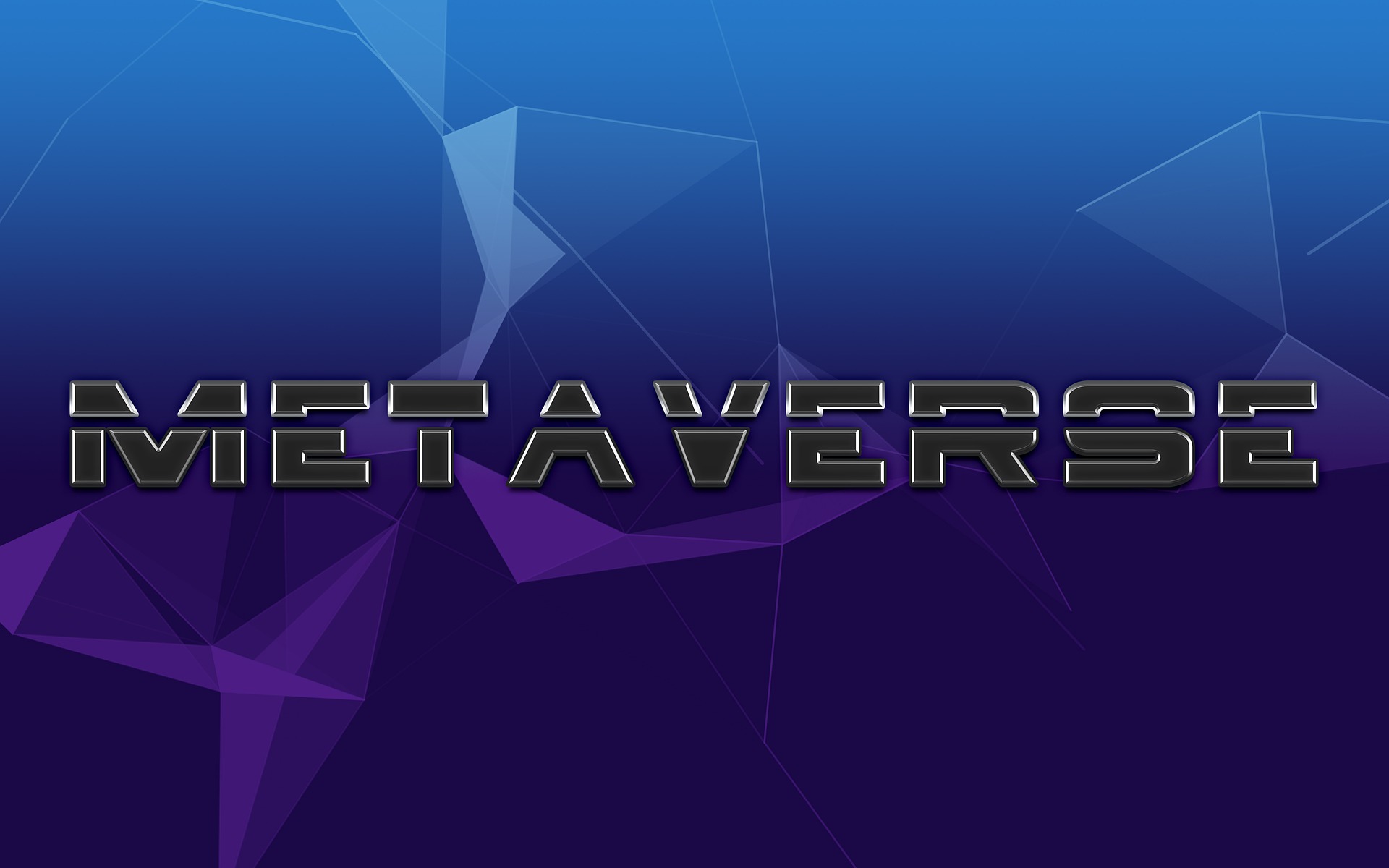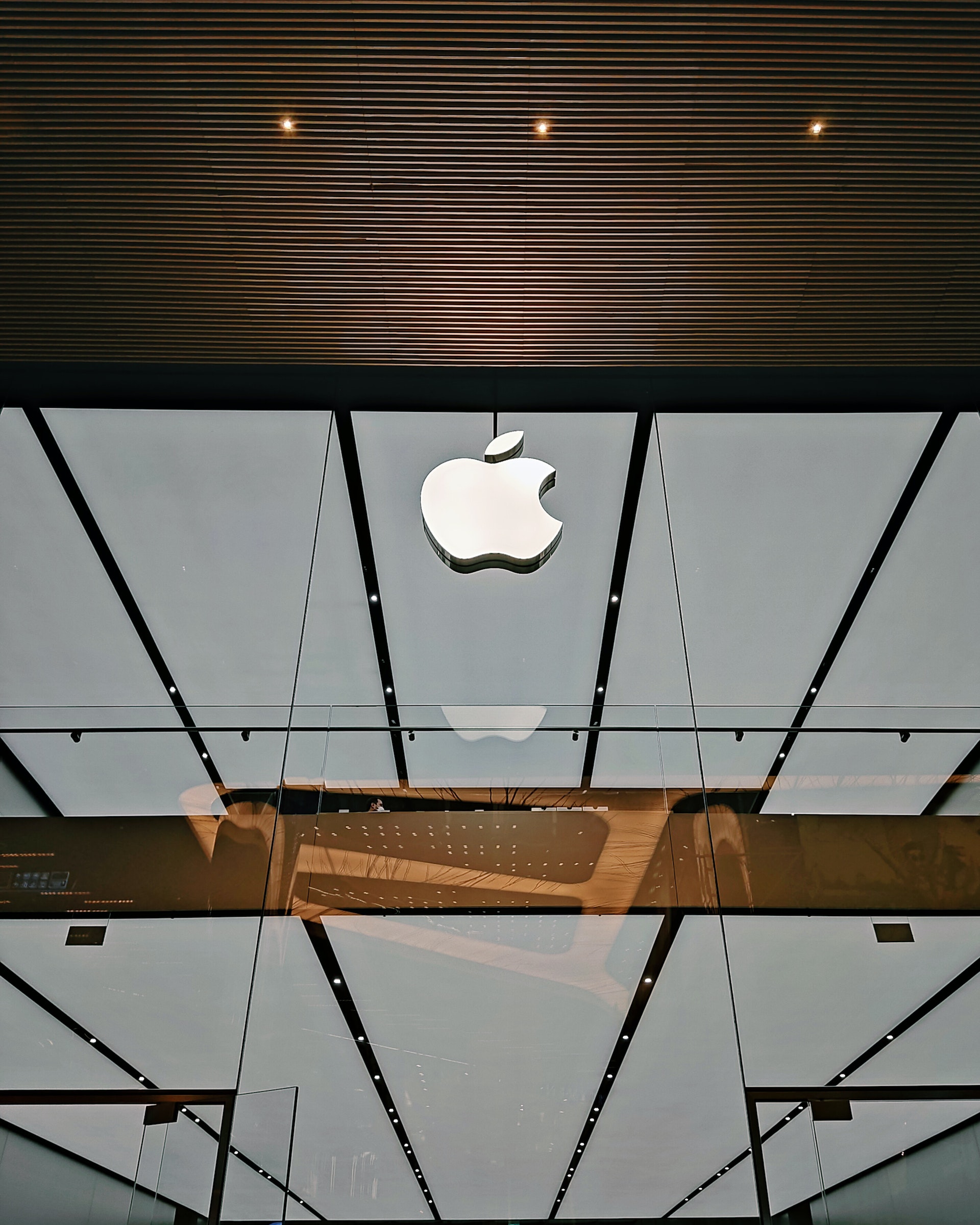Facebook’s decision to block news content on its platform has sparked significant debate and raised questions about the role and responsibility of social media platforms in the dissemination of news. While the specific circumstances may vary depending on the context, several key factors can help shed light on why Facebook made this decision.
1. Dispute Over News Payment and Revenue Sharing
One of the primary reasons behind Facebook’s move to block news is the ongoing dispute over news payment and revenue sharing. In some countries, news publishers have argued that social media platforms, including Facebook, benefit from the distribution of news content without fairly compensating the publishers. This dispute led to the introduction of legislation that aimed to force platforms to pay for news content.
In response, Facebook took the drastic step of blocking news content rather than complying with the legislation. This action was a way for Facebook to assert its position and demonstrate the potential consequences of such regulations on the availability of news on its platform.
2. Limiting Liability and Managing Misinformation
Another factor contributing to Facebook’s decision is the challenge of managing misinformation and limiting liability. Social media platforms have faced increasing scrutiny regarding the spread of false information, particularly during significant events or in the context of political discourse. By blocking news content, Facebook may have aimed to reduce its exposure to potential legal and reputational risks associated with the dissemination of misleading or harmful news.
In some cases, news articles can be shared without proper fact-checking or verification, leading to the inadvertent spread of misinformation. By temporarily blocking news content, Facebook may have sought to reassess its policies, algorithms, and approaches to curating and displaying news to its users, with the ultimate goal of providing more reliable and accurate information in the future.
3. Negotiations with News Publishers
Facebook’s decision to block news content could also be seen as a strategic move aimed at influencing negotiations with news publishers. By demonstrating the significant impact of removing news content from its platform, Facebook may have sought to push publishers to negotiate more favorable agreements regarding the use of their content and revenue sharing models.
Facebook’s decision could be seen as a way to leverage its user base and the engagement generated by news content to gain a stronger position in negotiations. This approach reflects the complex dynamics between social media platforms and news publishers, as both parties navigate the evolving digital landscape and seek to strike a balance between fair compensation and the benefits derived from news distribution.
4. Testing the Impact on User Behavior
Lastly, Facebook’s decision to block news may have been driven by a desire to test the impact on user behavior and engagement. Social media platforms are constantly exploring ways to enhance user experiences, increase user engagement, and drive ad revenue. By temporarily removing news content, Facebook could gather data and insights on how users react to such a change.
Analyzing the impact on user behavior during the absence of news content can help Facebook refine its algorithms, content recommendations, and overall platform strategy. This testing period may provide valuable insights into the role of news content on the platform and its influence on user engagement, potentially shaping future decisions and approaches to news distribution.
Conclusion
Facebook’s decision to block news content reflects a complex interplay of factors, including disputes over payment and revenue sharing, concerns about managing misinformation, negotiations with news publishers, and testing the impact on user behavior. While the specific motivations may vary depending on the context, understanding these factors provides insights into the evolving dynamics between social media platforms, news publishers, and the challenges of managing news dissemination in the digital age.











